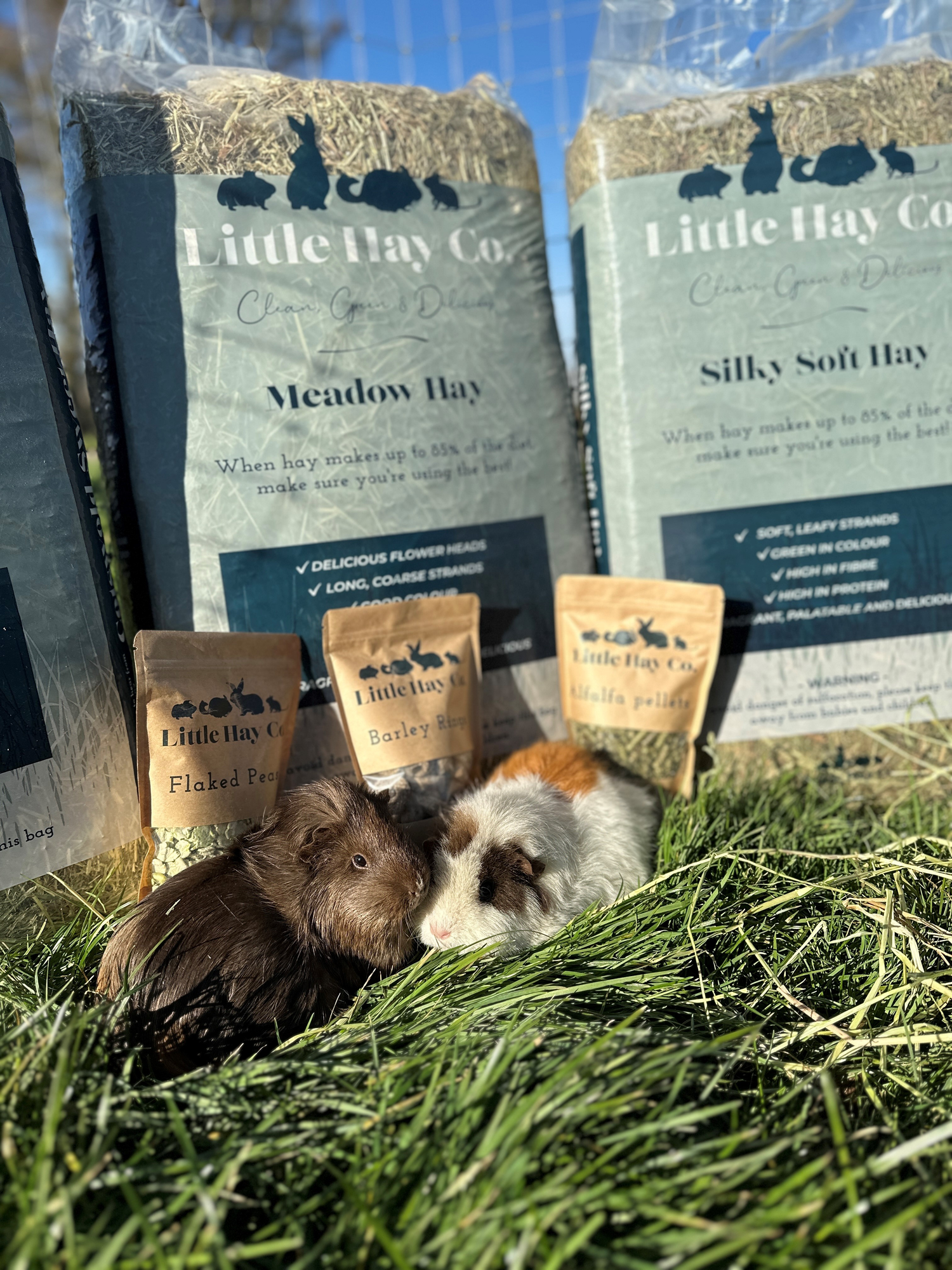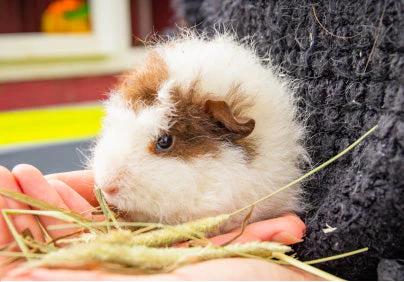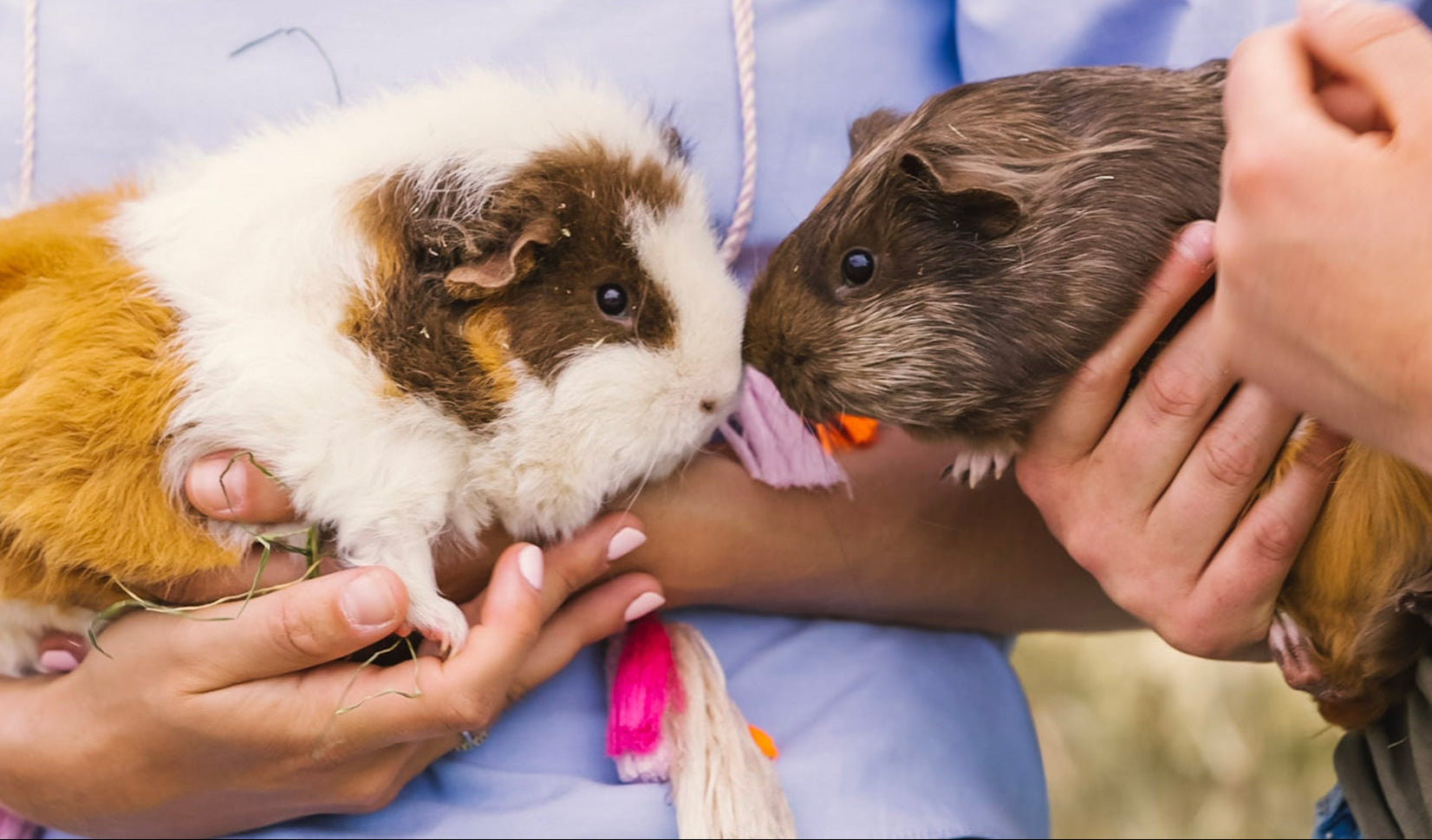With so many Hay options for small animals, it can get confusing. Alfalfa Hay for rabbits is a type of legume Hay (beanstalk). Grass Hay comes in all sorts of options. So, we'll explore the differences in this article.
What is Alfalfa Hay
Alfalfa Hay for rabbits is what we would call specialist Hay. It is different from grass Hays like Timothy Hay because it is legume Hay and not made from grass. Legume Hay comes in a few varieties including lespedeza, clover and alfalfa. All the Hay types are found by foraging animals during their daily lives, so each has a place in your bunny’s diet.
What is the difference between Alfalfa Hay and Timothy Hay

There are many differences between Alfalfa Hay and Timothy Hay. Each Hay is made from different sources, Alfalfa is made from legumes, whereas Timothy Hay is made from grass. Why is this important? Legumes naturally have a higher protein and calcium level. Both types of Hay have similar fibre content, although Timothy Hay and other grass Hay is slightly higher. With fibre being the most important part of a rabbit’s diet, this is important to note.
Higher protein and calcium levels in Alfalfa Hay comes with good and bad news for rabbits.
Alfalfa Hay for rabbits
Alfalfa Hay is rich in calcium and protein and has good fibre content. For baby bunnies, this is great news. Alfalfa Hay will provide a growing bunny with everything they need to grow fast and strong. After just 4-7 months most rabbits can move to an adult diet. As Alfalfa Hay has a high protein and calcium content, baby rabbits will thrive on it.
So, there's the good news and why Alfalfa Hay for bunnies is a popular choice. Once your rabbit is an adult, things change. Adult rabbits are excellent calcium processors. They will take all they need, then the excess is expelled in their urine. This can cause problems when their feed is too rich in calcium. As adult rabbits only need a little calcium, giving them too much opens them up to problems with their bladder and kidneys. Alfalfa hay is also rich in protein, it tastes great and an adult rabbit will happily consume as much of it as it can get its furry paws on. This is how to get an overweight bunny and fast.
When else might you use Alfalfa for bunnies
Some owners might sprinkle a tiny amount of Alfalfa Hay into the main feed to keep a rabbit interested. If a rabbit is underweight, or nursing then Alfalfa Hay might also be introduced in moderation to help them. Otherwise, it is recommended to move your rabbit onto grass Hay like Timothy Hay as soon as they reach adulthood. The Little Hay Co. specialise in creating the perfect Timothy Hay for rabbits.
Different cuts of Timothy Hay
Timothy Hay comes in three cuts. The first cut, second cut and third cut. The first cut has the highest fibre rating but is lower in nutritional value, it is also the hardest Hay of the cuts. The second cut is more balanced between fibre and protein. The third cut is softer and greener with less fibre but more protein.
Alfalfa Hay for guinea pigs
Although a different small animal, the same rules apply to guinea pigs as rabbits. Alfalfa Hay is high in calcium and protein so can be fed to guinea pigs when they are young (up to six months old). After this time, feeding an adult guinea pig Alfalfa Hay can quickly lead to obesity due to the high protein content of the Hay. It can also create problems with their kidneys, bladder and stomach.
It is far better to feed your guinea pig a grass Hay like Timothy Hay which is high in fibre and low in calcium and protein. It tastes great and they will happily eat a ball of Hay the same size as they are every day.
Diet for other small pets
Rabbits could survive on Hay and water alone, it’s not dissimilar to what they would find out in nature. But they will also find lovely fresh green shoots, leaves and vegetables. You should try and replicate this. Use grass Hay like Timothy Hay as the main diet and add healthy green additions like fresh grass (not mown grass) and leafy greens.
Other small animals will come into the omnivore category as pets, these are your hamsters, gerbils, mice, rats etc. These animals will eat grass, Hay, seeds, grains and insects in their natural environment.
When Alfalfa Hay is best
Alfalfa Hay comes into its own when you have baby rabbits or baby guinea pigs. The high protein and calcium content of Alfalfa Hay helps them grow into strong and healthy adults. Alfalfa Hay is also good for a rabbit that is nursing and needs some extra energy and protein to replace what they are losing. An ill or underweight rabbit needing a dietary boost will also be helped by some Alfalfa Hay.
All other adults should eat grass Hay as their main diet unless advised by a qualified veterinary professional.
Nutritional values of Alfalfa Hay and other grass hays
Nutritional Breakdown of Hay & Grass:*
| Hay Type | Crude Fibre | Crude Protein | Calcium |
| Orchard Grass | 34% | 10% | 0.33% |
| Timothy Hay | 32-34% | 8-11% | 0.4-0.6% |
| Oat | 31% | 10% | 0.4% |
| Dried Grass | 22-28% | 12-14% | 0.55% |
| Meadow | 33% | 7% | 0.6% |
| Alfalfa | 28-34% | 13-19% | 1.2-1.4% |
| Bermudagrass | 29% | 10% | 0.46% |
Does Alfalfa cause weight gain
As Alfalfa is high in protein and rabbits love to eat it, you can be assured your rabbit will gain weight quickly when Alfalfa is the main part of their diet.
Rabbits and calcium
Rabbits are excellent calcium processors. When young, they need a lot of calcium to help their bones grow strong. Alfalfa is great at offering them extra calcium as they grow. Once they are adults, their calcium needs drop significantly. Rabbits only take a small amount of calcium from their food and expel the excess through their urine. If an adult rabbit is fed a calcium-rich diet, it can lead to various health problems. These problems focus on their kidneys and bladder and can be life-threatening.
How long can you keep Alfalfa and Timothy Hay
Our Hay at the Little Hay Co. is dust-free and if kept correctly, will stay good for years. Plan to keep the hay for around 2-3 years maximum, but with smaller animals, you are less likely to order a large supply, so should never run into any longevity problems. The Little Hay Co. Hay is produced in the UK, so ordering new Hay is simple and quick.
How to store Alfalfa hay
Storing Hay is pretty simple. Keep it in a dry, dark, moisture free environment. Putting it in a cardboard box with a couple of air holes in a dry place is usually all you need to make sure your Hay is safe for a few years to come.
Sunlight slowly takes the greeness out of Hay. After a long time, the colour of the Hay may fade, which could look less appetising to your bunny, so it is always a good idea to keep a pretty fresh supply available for your small animal at all times.













